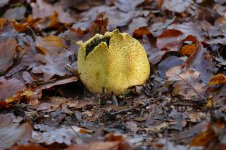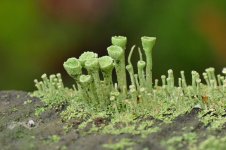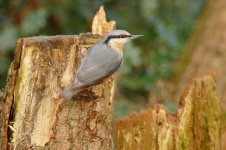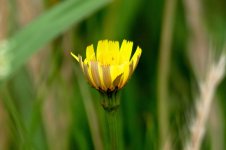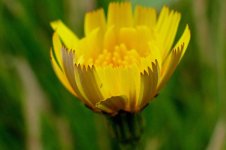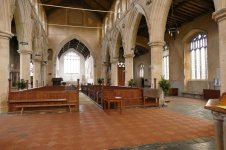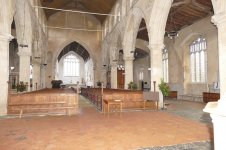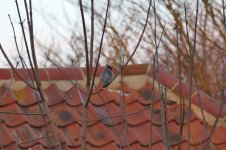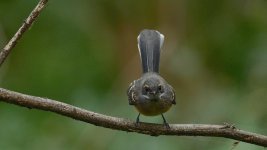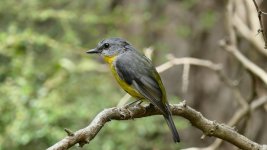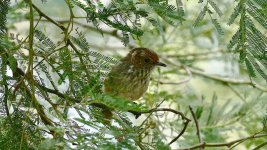
..........I use Photoshop Elements 7.0 in a basic way, to sharpen and enhance/improve contrast, highlights and shadows.
Here's another Nuthatch, from the same day as the last.
Looks like the bird moved its head just a little while you took the picture. The rest is again excellently sharp, and I like the composition.
When you say you now have a 32x magnification, does that mean at full resolution, or do you reduce to 8 MP or whatever for that?
Finally, would you mind posting originals of the first nuthatch and of the fungi/lichens to allow comparing how much the improvements bring. I'm asking because I try to stay away from such alterations simply for the reason of time spent. So I might need some convincing one way or another.




